When it comes to electrical work around the house, safety is paramount. TThe breaker box, also known as the electrical panel, plays a crucial role in safeguarding the home. It houses circuit breakers that act as guardians, automatically cutting off power when there is an excessive flow of electrical current. This protective measure ensures the safety and security of the electrical system within the residence. It’s essential to know how to open this box safely, especially during instances of power outages or when you need to reset a tripped breaker. This guide will walk you through the necessary steps to open a breaker box safely and effectively.
Safety Precautions
Before opening your breaker box, it is crucial to prioritize safety by taking all necessary precautions. Ensure that you turn off all power before commencing any work on the breaker box. Make sure no one else in the house will be using any electricity that may cause an issue while you’re working. When working with electrical components, it is important to prioritize safety. Remember to always wear protective gloves and eye protection. Additionally, never try to open a live circuit breaker box. Safety should always be the top priority when dealing with electricity.
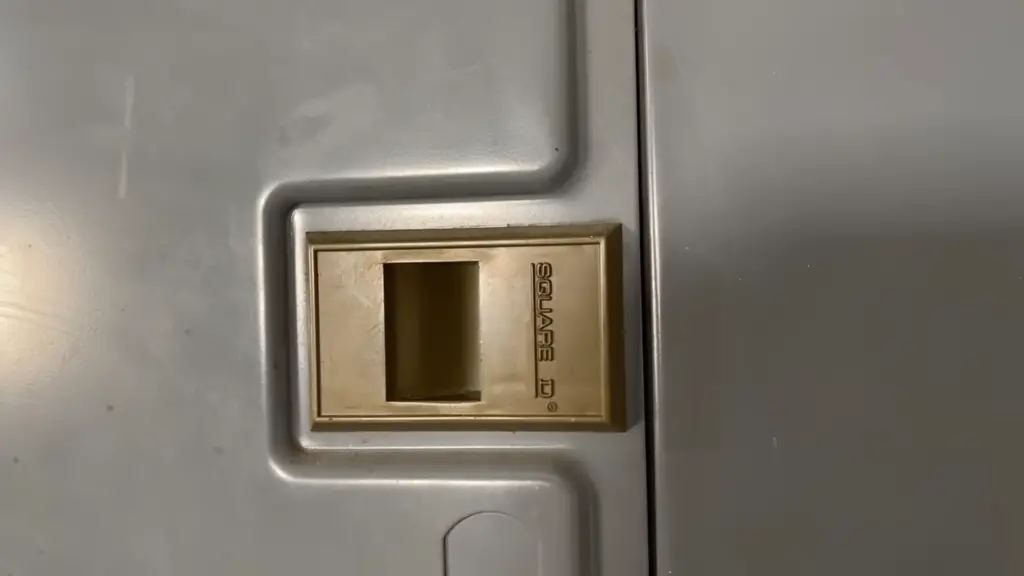
Double check that all circuits are off before beginning work. If you’re unsure, use an electrical tester to confirm the power is off. Use caution and keep all tools away from any live wires or terminals. Any shocks may cause serious injury or death.
If the breaker box is older, chances are it could contain asbestos. Take proper precautions if you suspect this is the case, such as wearing a respirator and protective clothing when handling it. Make sure to dispose of all contaminated materials properly in order to avoid any potential health risks.
Take the time to properly label all breakers and wires before closing your breaker box back up. This will be extremely helpful should you ever need to work on it again in the future. After everything is labeled, close the breaker box and restore power when ready.
Have a qualified Electrician inspect your breaker box annually to ensure that everything is in proper working order. This will help to prevent any unexpected problems or accidents from happening down the road and save you time, money and stress. [1]
Locating the Breaker Box
The breaker box is typically located near the main entrance of your home. In older homes, it may be in a basement or crawl space, while newer homes will generally have them in an easily accessible area. You may also find it near an outside wall or near major appliances like a water heater, dryer or furnace.
If you’re having trouble finding it, check with your local electrician. They can quickly locate the breaker box and help you get started on the next steps of opening it.
Opening the Breaker Box
After finding the breaker box, it is time to proceed with opening it. Before starting any work, ensure that you have taken all necessary safety precautions. Make sure the power is turned off and wear protective gloves and eye gear while handling electrical components. Gently open the door of the breaker box to reveal its internal components.
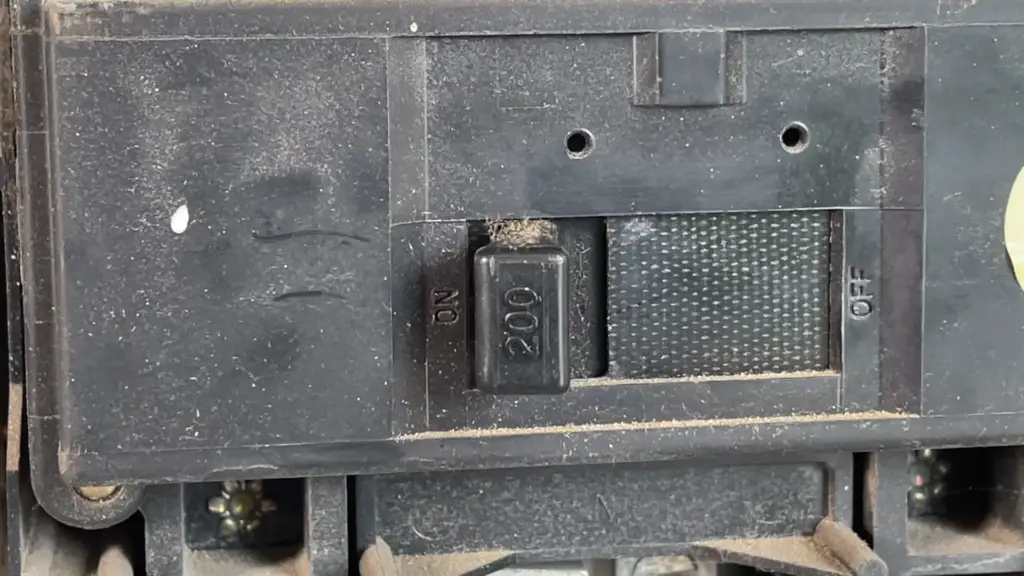
Inside, you should find a system of wires and breakers. These components are responsible for regulating the electrical current within your household. Note which breaker controls each room or appliance in your home, this will be helpful if you ever need to turn off any individual circuit.
If you’re struggling to identify any components or comprehend how they function collectively, it’s advisable to seek the assistance of a professional electrician. They can provide you with a comprehensive explanation of the system and ensure that you maximize the benefits of your breaker box.
Now that you know how to open a breaker box, take the time to familiarize yourself with its components and safety precautions before attempting any other electrical work. This will help ensure that all future repair and maintenance is done safely and correctly. [2]
Understanding Circuit Breakers
When you open a breaker box, you will find several circuit breakers. These are responsible for protecting your home from potential electrical hazards such as fires or electrocution. Each individual circuit breaker is designed to cut off the power flow if too much electricity is detected on one line.
There are two primary types of circuit breakers: single pole and double pole. These variants play a crucial role in electrical systems, ensuring safety and protection against overloads and faults. Single pole breakers are used to control lighting, outlets and other small appliances in the home. Double pole breakers are typically used for larger appliances such as refrigerators or air conditioners.
When a circuit breaker trips, it’s important to identify what caused it before turning the power back on. Check for any damaged wires or blown fuses. If the cause of the trip can’t be identified, it may be best to call a professional electrician for help.
It is also important to note that circuit breakers have a limited lifespan. After years of use, they can become worn out and need to be replaced. Have your breaker box checked annually by a qualified electrician to ensure all circuit breakers are working properly.
By taking the time to familiarize yourself with your breaker box and understanding how it works, you can prevent potential electrical hazards from occurring in your home. Knowing how to open a breaker box will also give you peace of mind when dealing with any other electrical work or maintenance in the future.
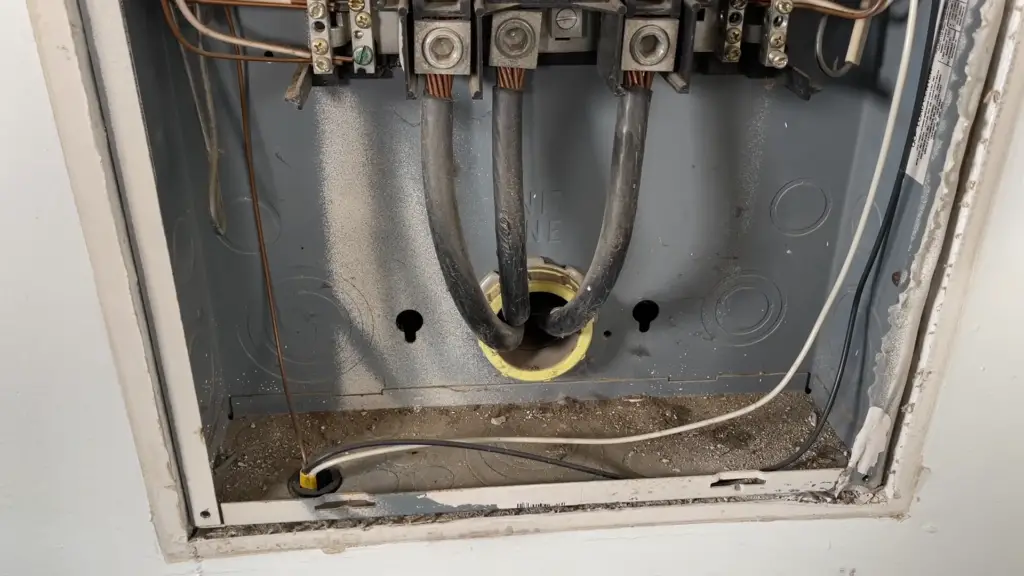
Making Repairs and Upgrades
Once you have opened your breaker box, you may need to make repairs or upgrades. Before doing this, it is important to turn off all the circuits in the breaker box. This will help prevent any accidents from occurring when making adjustments. Make sure to label each circuit correctly and in a clear manner so that you can easily identify them later on.
When making repairs or upgrades, it is important to follow the instructions correctly. With the power off, you can replace any worn out wires or components in the circuit. Additionally, you may need to add new circuits if you are expanding your home’s electrical system. Make sure to use properly rated breakers and wires for these new additions.
Once all the adjustments have been made, turn the power back on and test all of the circuits. If any adjustments were made to existing circuits, you should check for correct operation as well.
It is important to keep a record of any repairs or upgrades you make in your breaker box. This allows you to have a reference if any issues arise later on. Additionally, this can be very helpful when it comes time to sell your house as buyers may want to know about any electrical system changes. Keep this information in a safe place so it can easily be accessed in the future.
Lastly, remember that safety is of utmost importance when making any repairs or upgrades. If you are not comfortable working on your own breaker box, consider hiring a professional electrician for assistance. They will be able to help you make sure all of the circuits are working correctly and safely. Taking these extra precautions can save you a lot of time, energy, and money in the long run. [3]
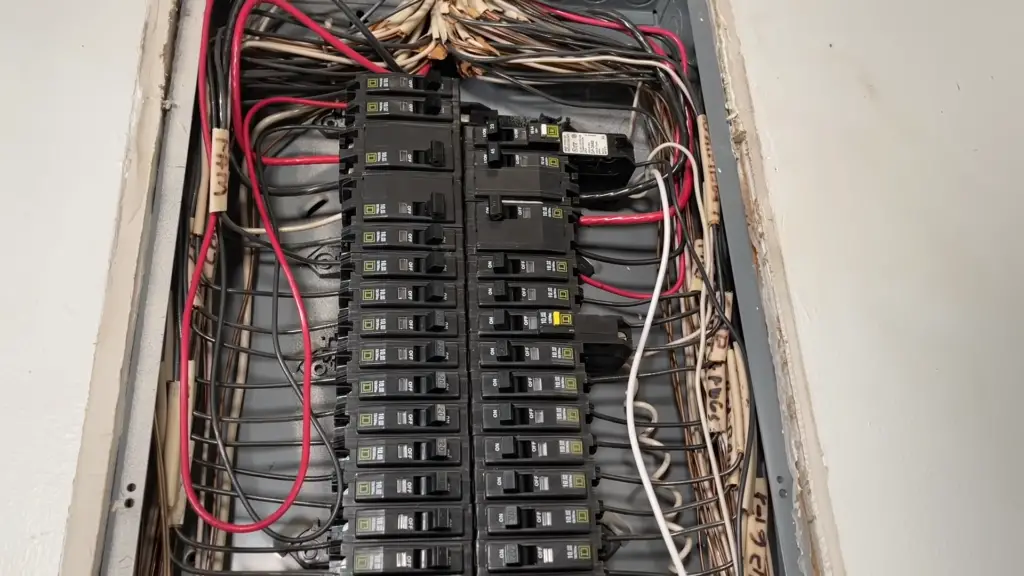
Closing the Breaker Box
Closing a breaker box is just as important as opening one. Before you begin, be sure to have the following items on hand: rubber gloves, insulated wire cutters, and an electric tester. Once everything is gathered, follow these steps to close the breaker box safely:
- Turn off all power to the breaker box by turning off main switch.
- Check all wires are disconnected from the terminal board.
- Carefully cover or tape any exposed terminals and cables with electrical tape to avoid accidental contact.
- Secure the lid of the breaker box by reattaching all of its screws or bolts and tightening them with a screwdriver or wrench.
- Test each circuit in the box with an electric tester to ensure power is off.
- Once testing is complete, replace all electrical panels and covers and reconnect the main switch.
- Finally, double-check that all screws or bolts are tightened securely before turning on the main switch again.
When you’ve finished closing the breaker box, make sure to store any extra tools or materials in a safe place. Keeping your breaker box secure and up-to-date will help to ensure that your household remains electrically safe. [4]
Troubleshooting Common Problems
Sometimes, problems can arise when opening or closing a breaker box. Here are some tips for troubleshooting these issues:
- Check all wiring connections and ensure they are secure and properly insulated.
- Make sure all covers and panels are in place and tightly secured.
- If you come across any damaged wires or terminals, contact an electrician as soon as possible.
- Ensure all electrical appliances are firmly connected and not overloaded with electricity.
- If you find any circuit breakers that have been triggered, reset them by flipping the lever up or down before turning the power back on.
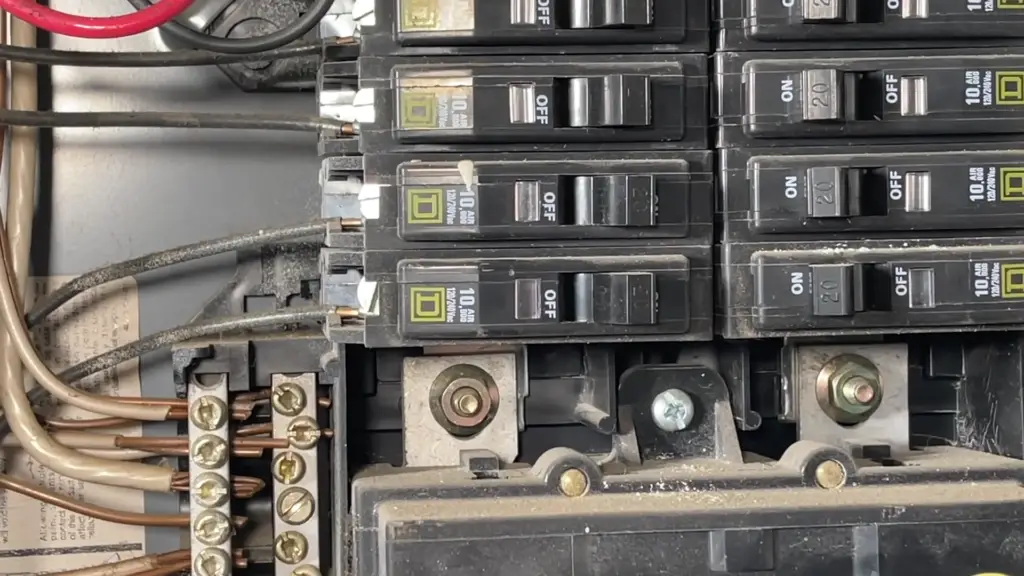
Is It Safe To Open A Breaker Box?
Opening a breaker box can be a dangerous process if done improperly. It is important to take safety precautions before beginning the process. First, make sure you have turned off all power sources to the area surrounding the breaker box. Unplug any electrical devices near or connected to the box, and turn off any circuit breakers that are on in the panel. Additionally, wear protective gear including rubber-soled shoes, goggles and rubber gloves to avoid shock. Finally, double check to ensure that the power is truly shut off before working with the box.
Are Breaker Boxes Locked?
Most home breaker boxes are not locked, as they must be accessed regularly by homeowners and technicians for maintenance. Some commercial locations may have locked breaker boxes in order to prevent tampering with the box. If you discover a locked breaker box, contact an electrician or building manager to gain access.
What Not To Do With A Breaker Box?
It is important to avoid certain behaviors when working with a breaker box. Never place foreign objects in the panel, such as metal pieces or fingers, and never use water to cool down a hot circuit breaker. Additionally, be sure not to overload the breakers by connecting too many circuits at once. Finally, do not attempt to fix any faulty wiring within the box unless you are a certified electrician. Following these tips can help ensure your safety when working with breaker boxes. [5]
How Long Will A Breaker Box Last?
Most breaker boxes are designed to last for many years under normal conditions. However, the average lifetime of a breaker box can vary depending on its model and how well it is maintained. It is important to check your panel regularly for signs of wear or damage, such as rust or discoloration. If you notice any issues with your breaker box, contact an electrician for repair or replacement. With proper maintenance, your breaker box can last for years.
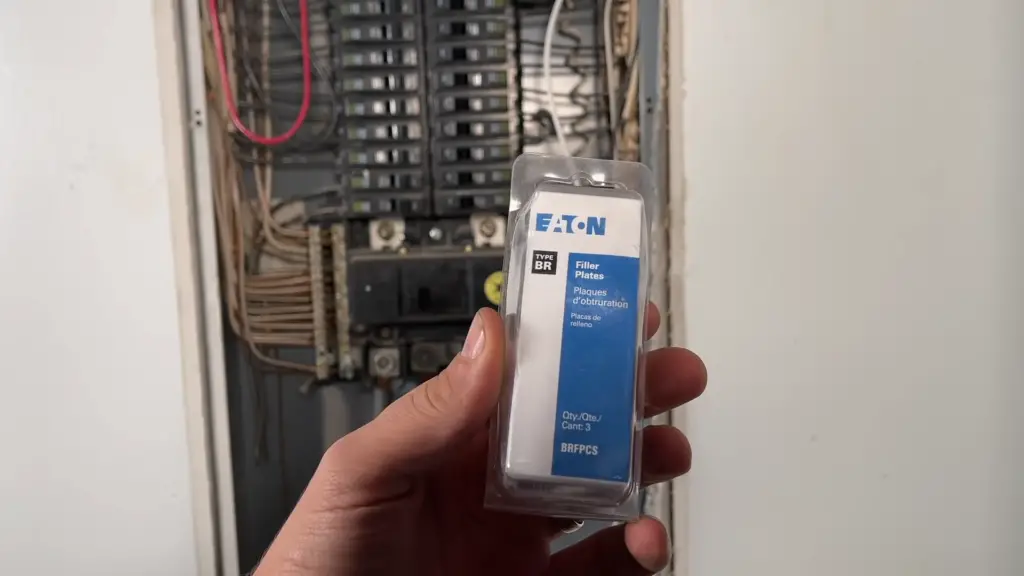
Is A Breaker Box Safer Than A Fuse Box?
Modern breaker boxes are generally considered to be safer than fuse boxes due to their ability to break circuits if overloaded. Fuse boxes may become damaged after being overloaded, putting your home at risk for a potential fire hazard. Additionally, circuit breakers can be reset much more easily than fuses, which must be replaced after breaking. For these reasons, the switch from fuse boxes to breaker boxes has become increasingly common in recent years.
What Accessories Can I Install In My Breaker Box?
There are a variety of accessories that you can install in your breaker box for additional convenience and safety. Surge protection devices can help protect against power surges, while arc fault circuit interrupters can detect electrical arcs from faulty wiring and shut down the circuit. Additionally, ground fault circuit interrupters can detect current leakage from wet areas and help protect against shock. Consult an electrician if you are interested in installing any of these accessories in your breaker box to ensure correct installation.
How Do I Label The Breakers In My Breaker Box?
Labeling the breakers in your breaker box is an important safety measure to help you easily identify which circuits are connected to each switch. Before labeling, make sure that all power sources have been shut off and unplugged from the panel. You can use a permanent marker or adhesive labels to clearly mark each circuit breaker with its corresponding appliance or room name. Additionally, it is helpful to note the amperage rating of each breaker. Doing this can help you avoid potential risks when working with your breaker box in the future.

What Is The Difference Between Single Phase And Three Phase Breaker Boxes?
Single phase panels have two hot wires that are 180 degrees out of phase with each other, while three phase systems have three hot wires that are 120 degrees out of phase with each other. Single phase breaker boxes are typically found in residential applications, while three phase systems are more common in commercial and industrial settings. Additionally, three phase breaker boxes can supply more power than single phase panels due to the increased number of circuits available. Be sure to contact an electrician if you need assistance selecting the right breaker box for your needs. [6]
Maintaining Tips For Breaker Boxes
FAQs
What is a breaker box?
A breaker box, also known as an electrical panel, is the main distribution point for electric circuits in a home. It contains circuit breakers that protect each of the individual circuits from drawing too much current and causing damage or fire.
How often should I check my breaker box?
It is recommended to check your breaker box annually or anytime you experience any trouble with your electricity. It is important to regularly check for signs of wear and tear, such as corrosion or loose wiring. Additionally, it may be beneficial to install a circuit breaker monitoring system that helps monitor the electrical power in the building for safety purposes.
What should I do if something goes wrong?
If you ever experience an issue with your breaker box, such as a tripped circuit breaker or loss of power in certain areas of your home, it is important to take immediate action. If you are not comfortable with troubleshooting the issue yourself, it is best to contact an electrician for assistance.
What safety precautions should I take?
Before handling any electrical work, you should always ensure that your power is turned off and all circuit breakers are in the “off” position. Additionally, it is important to wear safety gloves and goggles when working with any electrical components. Never work on a live circuit and always use a voltmeter to test for any current before touching anything. Finally, be sure to never attempt to repair or replace an electrical panel without professional help.
What are the common signs of trouble with a breaker box?
Common signs of trouble with a breaker box include flickering lights, sparking outlets, tripped circuit breakers, and hot panels or wiring. Additionally, other signs may include an unpleasant burning smell or buzzing noises coming from the breaker box. It is important to never try to repair any of these issues yourself and to contact a professional electrician right away if you experience any of these signs.
What tools do I need to open a breaker box?
In order to open a breaker box, you will need several tools including screwdrivers, wire cutters, electrical tape, and an adjustable wrench. Additionally, it is important to ensure that you have the right safety gear, including gloves and goggles, to protect yourself from any potential harm. It is best to contact an electrician if you are unsure of how to open and inspect your breaker box safely.
What should I look for when inspecting my breaker box?
When inspecting your breaker box it is important to look for signs such as loose screws, wires that have come undone, or corrosion on any of the electrical components. Additionally, you should check all of the connections to make sure they are secure and that there are no loose or frayed wires. If anything appears to be damaged or not functioning properly, it is best to contact a professional electrician for assistance.
Are there any materials I should avoid near my breaker box?
It is important to never keep any flammable materials, such as gasoline or paint, in close proximity to your breaker box. Additionally, it may be best to avoid using any electronic devices near the panel as this can cause interference with the electrical current and increase the risk of fires or electric shocks. It is also important to keep any pets or children away from the area as there may be potential hazards.
What should I do if I need help with my breaker box?
If you ever experience any issues with your breaker box, it is best to contact a professional electrician for assistance. An experienced electrician can inspect and troubleshoot the issue safely, ensuring that all necessary repairs can be completed and the safety of your home is not compromised. Additionally, they may also be able to install a circuit breaker monitoring system for added safety purposes.
What should I know before hiring an electrician?
When looking for a professional electrician, it is important to do some research first to ensure that you are hiring someone who is qualified and reliable. Check to make sure they are licensed, insured, and experienced in handling breaker box issues. Additionally, it is always a good idea to get multiple quotes from various electricians before making your final decision. This will help ensure that you select the best person for the job and that you receive quality service at an affordable price.
It is also important to make sure that the electrician you hire follows all applicable safety codes and regulations. This will help ensure that your breaker box is installed and maintained correctly, helping to prevent any potential hazards or accidents from occurring. Finally, it is best to ask questions before hiring an electrician so that you are aware of their process for repair or installation and what the total cost will be before any work is started.
Useful Video: Circuit Breaker and Electrical Panel Basics
Conclusion
Once you have identified and opened the breaker box, it is easy to complete any repairs or electrical work that you need to accomplish. Even if you are not familiar with working on a breaker box, it is essential that you know how to open one safely so that you avoid any potential hazards. Before performing any type of electrical repair, remember to shut off all power to the breaker box by turning off the main switch. If you are unsure of how to complete a repair, always contact a qualified electrician for help. With their expertise, you can be sure that your repairs will be completed safely and correctly.
References
- https://www.tosunlux.eu/blog/how-do-you-open-breaker-box-using-simple-and-easy-steps
- https://www.galvinpower.org/how-do-i-open-my-breaker-box/
- https://inspectapedia.com/electric/Electric_Panel_Cover_Removal.php
- https://revolar.com/open-a-locked-breaker-box/
- https://www.icrfq.net/how-do-i-open-my-breaker-box/
- https://www.thespruce.com/remove-a-circuit-breaker-safely-1821567





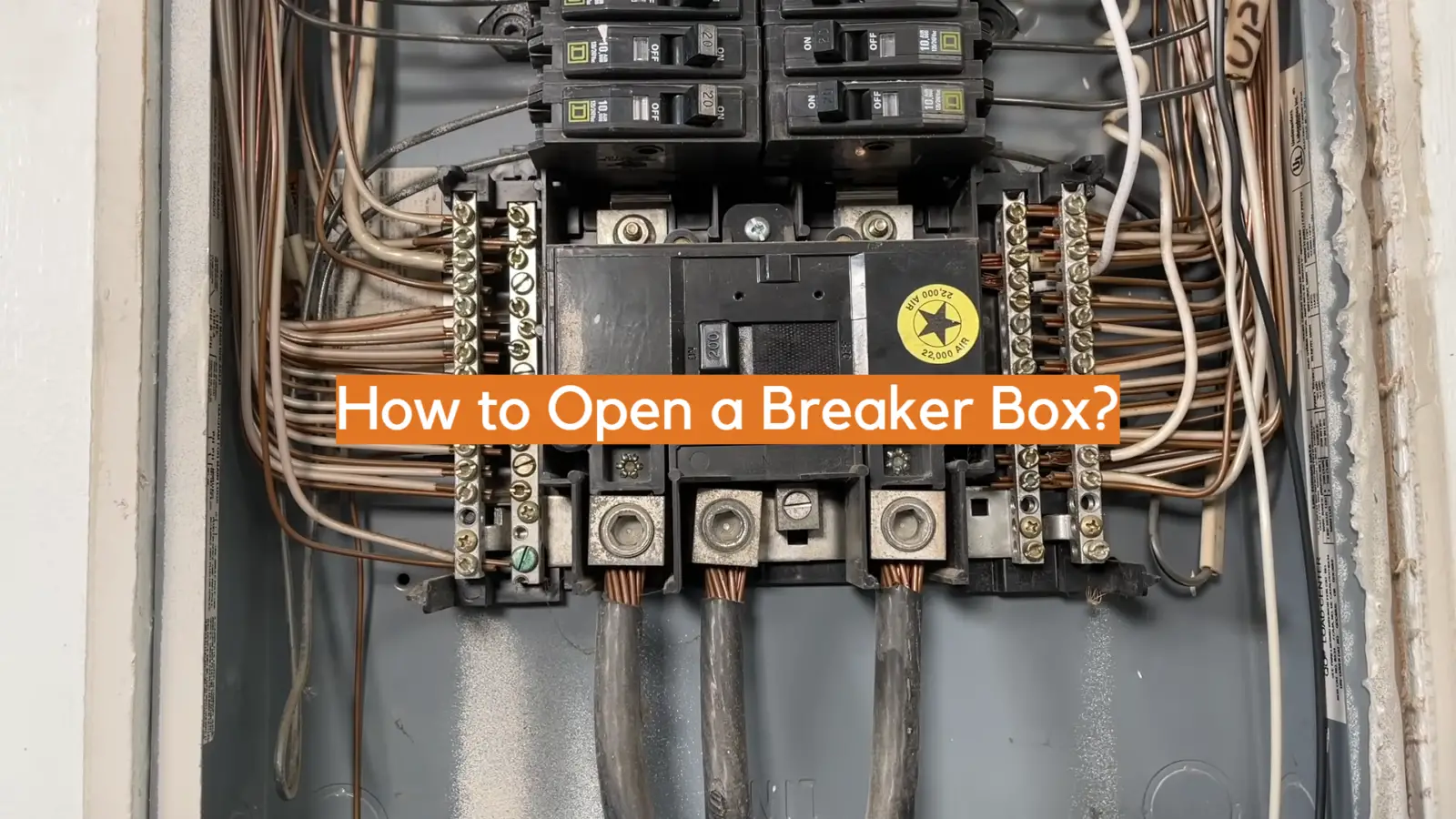




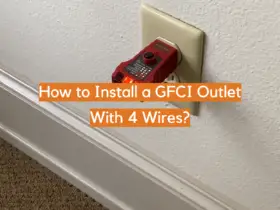
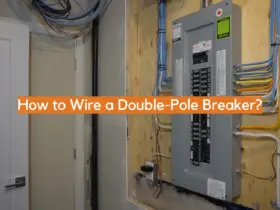

Leave a Reply